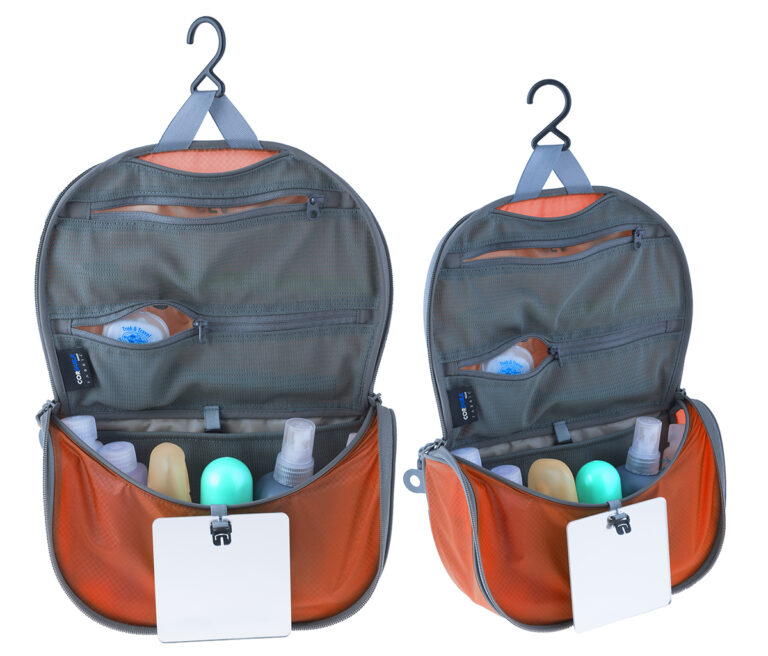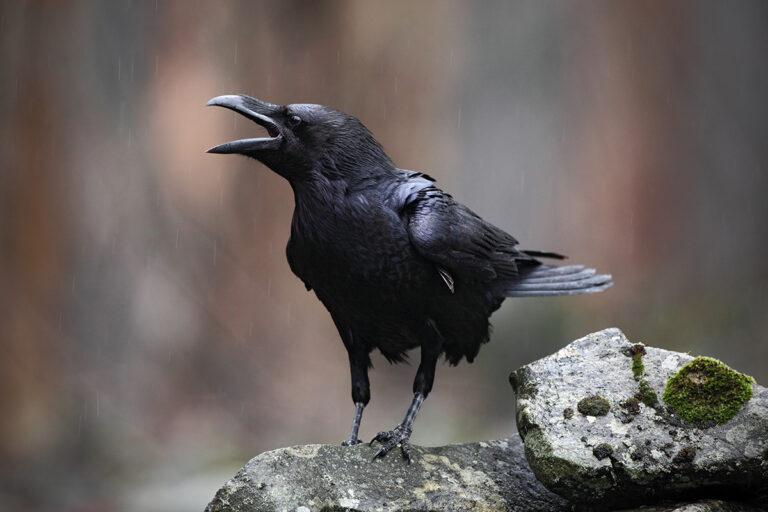I’d just attempted a super long, two-day climb of Mt. Olympus in Olympic National Park. My partner and I had bailed partway up the Five Finger’s section due to a poorly planned itinerary and exhaustion. A few days later I was perusing some beta online trying to figure out what we could improve on, and I stumbled across a headline:
“Olympus (10h12, FKT)”
Wait—what!? This must have been a different Mount Olympus. NOPE. Sean O’rourke ran Mt. Olympus in 10 hours 12 minutes via the Crystal Pass route on June 30, 2015—the Fastest Known Time (FKT) for that peak. If you’re unfamiliar with this mountain, it’s 44 miles round-trip with 7,400 feet of elevation gain, a challenging glacial moraine, a traverse of the heavily-crevassed Blue Glacier, and a 4th class summit block—all in 10:12. My mind was blown.
I had heard about a few well-publicized speed records set on famous objectives, like Scott Jurek running the Appalachian Trail and Dean Potter speed climbing The Nose on Yosemite’s El Cap, but stumbling across the FKT on Mt. Olympus made me realize that normal people were competing for fastest known times on all kinds of objectives. As I started to explore this idea a little further, I began to uncover equally amazing feats on obscure objectives by people I’d never heard of: Leor Pantilat and Uli Steidle’s 12:17 Ptarmigan Traverse; Logan Greydanus, Niles Desmarais, and Cyrus Desmarais’ 3:38 up Mt. Shuksan’s Sulphide Glacier route; Gavin Woody and Richard Kresser’s 15:35 Tatoosh traverse. The list goes on and on—seriously, there’s a list.
Peter Bakwin, curates Fastest Known Time— an online forum devoted to the record keeping and discussing FKTs. By using this online platform, athletes can make their intentions for FKT attempts known and inform readers about beta, gear, and nutrition. Perhaps most importantly, though, are the posting of time splits, GPS coordinates, and photos, which are used to keep athletes accountable and to validate a new FKT. Here on the forum, folks can duke it out on technicalities like starting points and how official trail detours affects a FKT record. Mapping apps such as Strava and Gaia make it easier than ever for an athlete to share their waypoints and FKT route.
With such easy access to data sharing and record posting, you’re only limited by your fitness and creativity when coming up with new objectives. Think you can climb the Beehive Five the fastest? How about Ojibwe, Eldorado, or Gunsight? You don’t have to travel far to set an FKT. So get after it—but keep us posted on your splits.
Feature photo: Taking it all in. // Summer Hess












